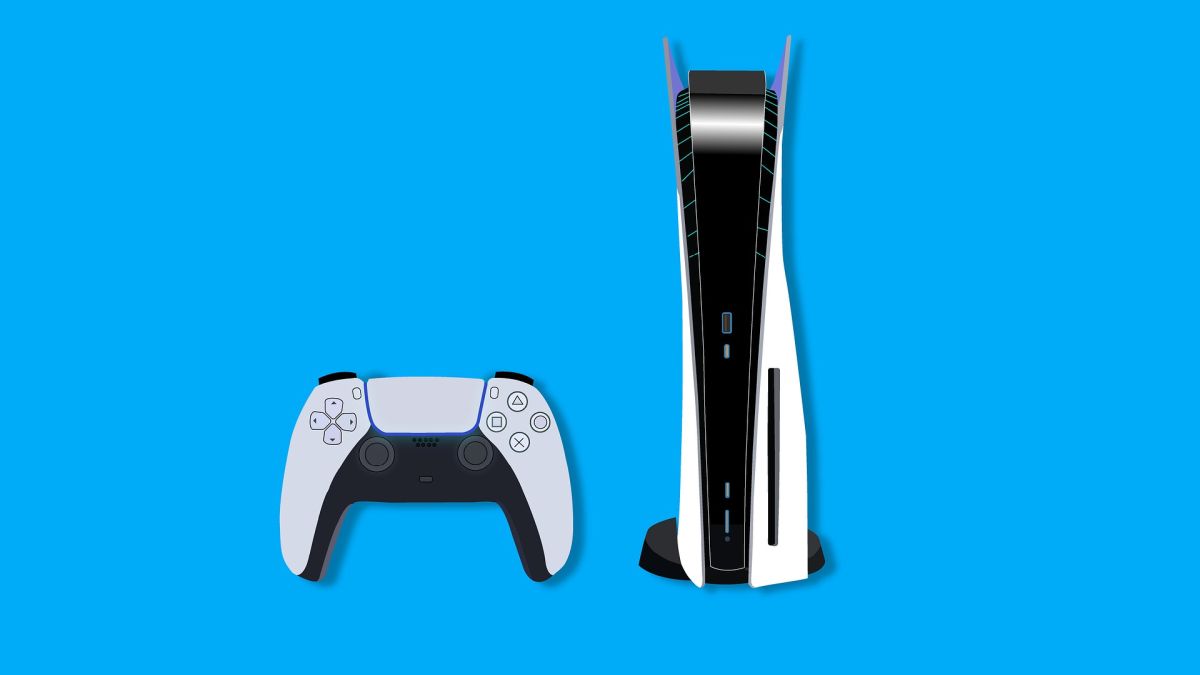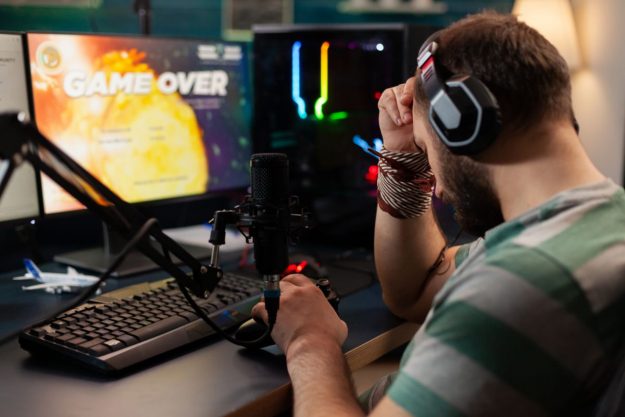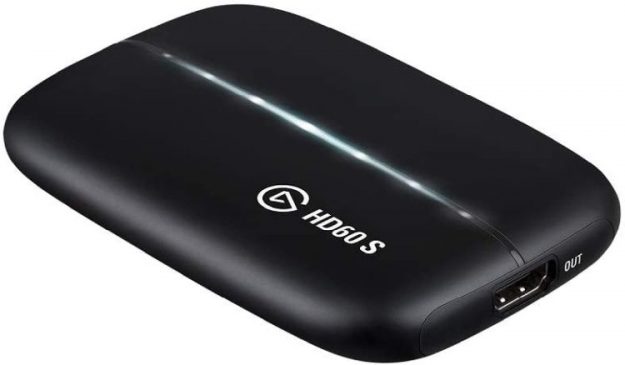How to Play PS5 Games on Your Laptop’s Screen or Desktop’s Monitor

PlayStation 5 games are best enjoyed on a large screen TV, but in case that’s not possible for whatever reasons, I am here to help you play PS5 games on your laptop’s screen or the monitor of your desktop computer. Because, yes, it is possible.
You actually have a few options available that will allow you to play PS5 games on a monitor, each with it’s own set of Pros and Cons and some easier than others.
The easiest way to play PlayStation 5 games on your laptop or desktop is by streaming them over via the PS Remote Play app. The app is available for Windows and Mac. Log into your PSN account after installing it and it will automatically scan for PS5 consoles that are ready to stream on your laptop or desktop computer.
In order to allow the app to see your PlayStation 5, you will need to enable remote play on your console first.
This is easily done by going to the System – Remote Play menu in your console’s settings, and simply activate the option “Enable Remote Play“. And this is it! This is all you need to do to stream your PS5 games on your laptop or desktop computer.

For streaming, you will need a solid internet connection and we found that there is still at least a bit of lag at the moment. Nothing to be considered a deal breaker in most cases, but if you play a FPS where even a millisecond counts, it can get frustrating.
You can reduce lag and other potential problems by using an Ethernet cable to plug in the PS5 directly into the router and ideally your laptop or desktop too. This way, you will get the fastest possible speeds – although you get a reduction in mobility and you might have to purchase the Ethernet cables (affiliate link) if you don’t have any available.
Still, the method above using the PS Remote Play app is the easiest option to turn your laptop’s screen or desktop’s monitor into your PS5 monitor.
However, if you don’t have a solid internet connection or you simply want to try a different approach to this, you do have an alternative. That is using a capture card to send your PlayStation 5 signal to your laptop’s screen.
How to Play PS5 Games on Laptop Screen Using a Capture Card
If you want to avoid potential lag and connection issues that might arise from the PS Remote Play app usage, you have the option of investing in a capture card.
These cards are usually used by streamers and those who record themselves playing games for platforms such as Twitch or Youtube. Their main role is to broadcast the video signal from the console to the laptop’s screen (or your desktop computer) without any lag and interruptions.
The downside is that these are not extremely cheap, but at least they are reliable and lag free – as long as you get a good product.

A good capture card that would flawlessly send the video feed from your PlayStation 5 to your laptop would be the Elgato HD60 S (affiliate link). It is a bit expensive, but it does work really well and it’s still a lot cheaper than buying a new TV…
You can also try getting one of the cheaper capture cards on the market, but those might come with added problems, including lag and overheating. It all depends on the type of games you play and how long you play them. But with the Elgato, there should be no problems based on personal experience.
How to connect the capture card to your PS5 and laptop
Things are really easy and explained in the capture card’s manual, but here is what you need to do (instructions are based on the Elgato HD60 S, but for most capture cards they would be similar):
1. Connect the USB-C cable to the capture card, then the other end into your laptop’s or desktop’s USB 3.0 port. Make sure you connect it to your USB 3.0 port and not older ones for maximum performance!
2. Plug the HDMI cable into your PS5 and the other end in the the HDMI IN port on your capture card.
3. Plug in another HDMI cable into the card’s HDMI OUT port, and the other end into your laptop or PC monitor
And this is it! You can now play PlayStation 5 games on your laptop or desktop without any lag. It’s a bit more difficult (and costly) than simply using the remote play option, but it does have the advantage of being more reliable.

Can’t you simply connect your PS5 to your laptop via HDMI cable?
This would be the easiest thing to do indeed, but almost all cases (with a few minor exceptions), it is not possible.
You can’t connect your PS5 to your laptop using an HDMI cable because both devices have HDMI out ports. In order for your laptop to receive the video signal from the PlayStation console, it would require an HDMI in port and there are very few laptops that offer one.
I also tried using an HDMI male to female adapter and “trick” the laptop into receiving video signal this way, but I still didn’t manage to do it. It would’ve been a lot easier than investing in even a cheap capture card, but it just doesn’t work.
(If you somehow manage to achieve this using an HDMI male to female adapter, do let us all know in the comments section below!)
Conclusion
The easiest way to play PS5 games on your laptop’s or desktop’s screen is by using the PS Remote Play app which is available on Windows and Mac. You do need a solid internet connections and there will be some hiccups along the way – or at least every now and then – but it remains the easiest and cheapest method to achieve this.
Buying a capture card gives you more stability – even with a cheap one – but even the cheapest are more expensive than free.
But it’s up for you to decide which of these two works best for you. Try first using the remote play since it’s immediately available, and if the performance is not satisfactory for you, you can try the other method.
Most likely, you will find PS Remote Play inadequate if you play online multiplayer games – especially survival and FPS titles where even a fraction of a second matters, but you can’t know for sure until you try.
The good thing is that you have options and, in the end, it’s not a complicated process.